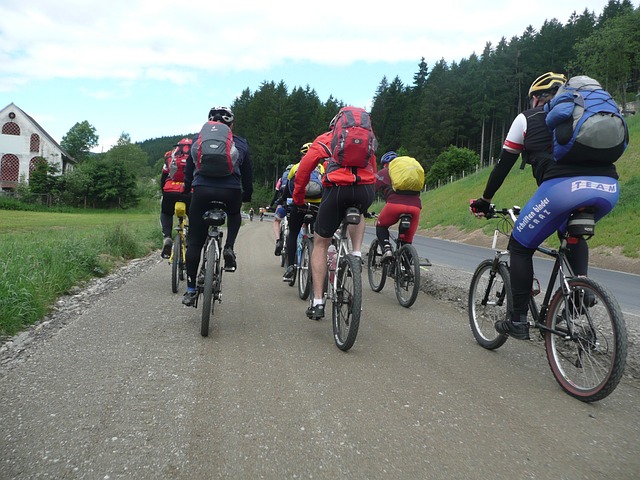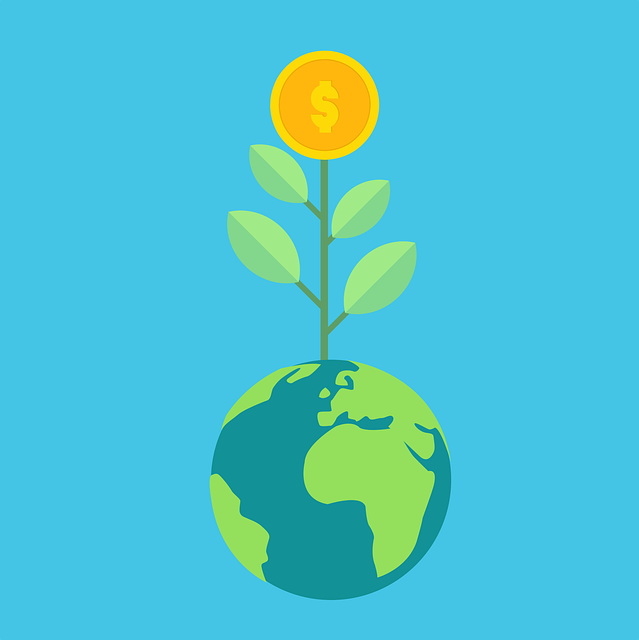Navigating Boom Times: Understanding and Strategies for Real Estate Demand
In the dynamic Real Estate market, several factors converge to create a boom: robust economic growth…….
Economic cycles, a recurring phenomenon, have captivated economists, policymakers, and business leaders for centuries. These cycles, marked by periods of expansion and contraction, shape the very fabric of our global economy. Understanding economic cycles is akin to deciphering a complex symphony; each note represents a phase, contributing to the overall rhythm and melody of economic growth and downturn. This article delves into the intricate world of economic cycles, exploring their defining characteristics, global impact, underlying dynamics, and potential for shaping the future of business and policy.
Definition: An economic cycle is a natural fluctuation in the overall health of an economy, typically measured over a period of several years. It consists of alternating phases of expansion (growth) and contraction (recession), creating a cyclical pattern.
Core Components:
Expansion or Growth Phase: Characterized by increasing economic activity, rising GDP, lower unemployment rates, higher consumer spending, and business investment. This phase often leads to a boom in various sectors.
Peak: The highest point of the cycle, where economic indicators show maximum performance. After this peak, an economic cycle begins to reverse.
Contraction or Recession Phase: Marked by declining economic activity, shrinking GDP, rising unemployment, and decreased consumer spending. Businesses may cut costs and lay off workers during this phase.
Trough: The lowest point of the cycle, following which the economy starts to recover.
Historical Context: Economic cycles have been documented throughout history, with notable examples including the Great Depression of the 1930s and the more recent Global Financial Crisis of 2008. These events underscored the need for comprehensive economic policies to manage cycles effectively.
Significance: Understanding economic cycles is crucial for several reasons:
Economic cycles have a profound impact on countries worldwide, influencing trade, investment flows, and overall economic stability. Here’s an overview of key global trends:
| Region | Impact of Economic Cycles | Trending Factors |
|---|---|---|
| North America | Expansion in tech and services sectors during expansions, with subsequent job growth. Recessions impact the automotive and manufacturing industries. | Rising income inequality, technological disruption (e.g., AI, automation). |
| Europe | Diverse effects across countries; some experience prolonged stagnation post-recessions. | Eurozone integration, Brexit, aging population. |
| Asia | Rapid economic growth during expansions, with China leading the charge. Recessions impact export-driven economies. | Manufacturing and supply chain disruptions, geopolitical tensions. |
| Emerging Markets | High growth potential but vulnerability to external shocks. | Natural resource dependency, infrastructure development. |
Key Global Trends Shaping Economic Cycles:
Economic cycles are deeply intertwined with market dynamics, particularly the interplay between supply and demand.
Market Dynamics:
Investment Patterns:
Role of Economic Cycles in Economic Systems:
Technology plays a pivotal role in shaping economic cycles, both as a catalyst for growth and a potential disruptor.
Disruptive Innovations:
Potential for Economic Growth:
Understanding economic cycles is not merely academic; it translates into practical strategies for policymakers and businesses.
Policy Tools:
Business Strategies:
Economic cycles present both challenges and opportunities for societies and economies worldwide.
Challenges:
Opportunities:
Economic cycles are an inherent part of modern economies, presenting both challenges and opportunities. Understanding these cycles is essential for navigating turbulent waters and building a resilient, sustainable future. By studying historical patterns, leveraging technological advancements, and implementing thoughtful policies, societies can better prepare for economic storms and harness their potential for growth and progress.
As the world continues to evolve, so too will economic cycles, demanding ongoing vigilance, adaptability, and strategic foresight from policymakers, businesses, and investors alike.

In the dynamic Real Estate market, several factors converge to create a boom: robust economic growth…….

Market timing in Real Estate involves strategic decisions on buying and selling properties based on…….

Market timing in real estate is a strategy that involves buying undervalued properties and selling a…….

Real estate cycles follow a boom-and-bust pattern, driven by economic factors like interest rates, i…….

Economic booms drive up demand in the real estate market, causing property prices to surge due to in…….

During economic booms, increased disposable income, affordable borrowing due to low interest rates,…….

Interest rates play a pivotal role in shaping real estate markets, acting as an economic barometer……..

Real estate markets exhibit distinct cyclical patterns of booms and busts, driven by economic, demog…….

Real estate cycles, recurring throughout history, reflect broader economic trends and offer insights…….

Economic growth and real estate markets are tightly linked. When the economy flourishes, disposable…….